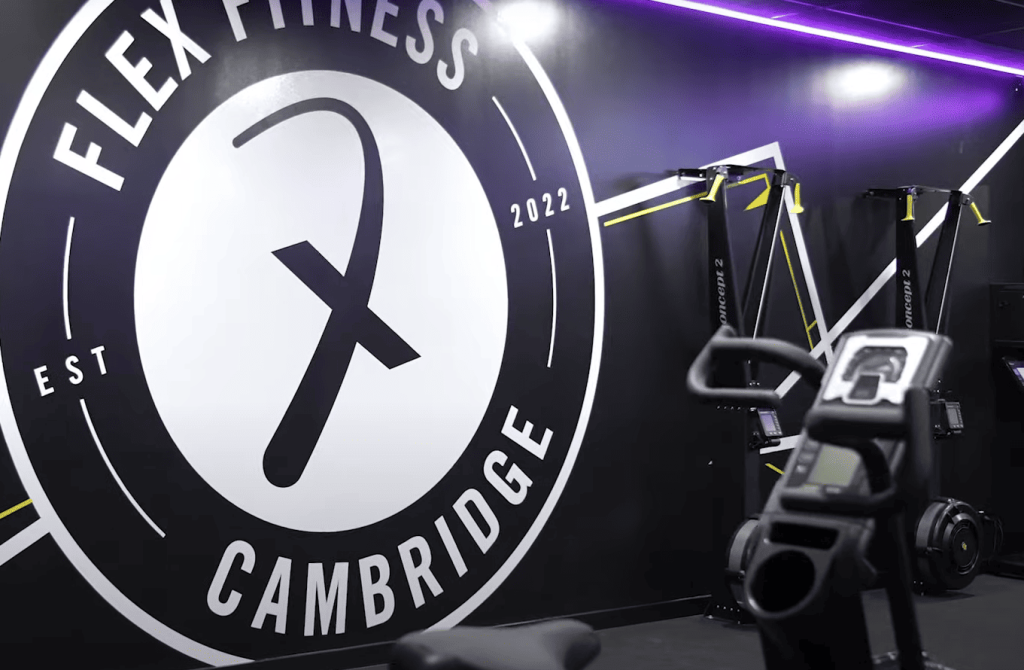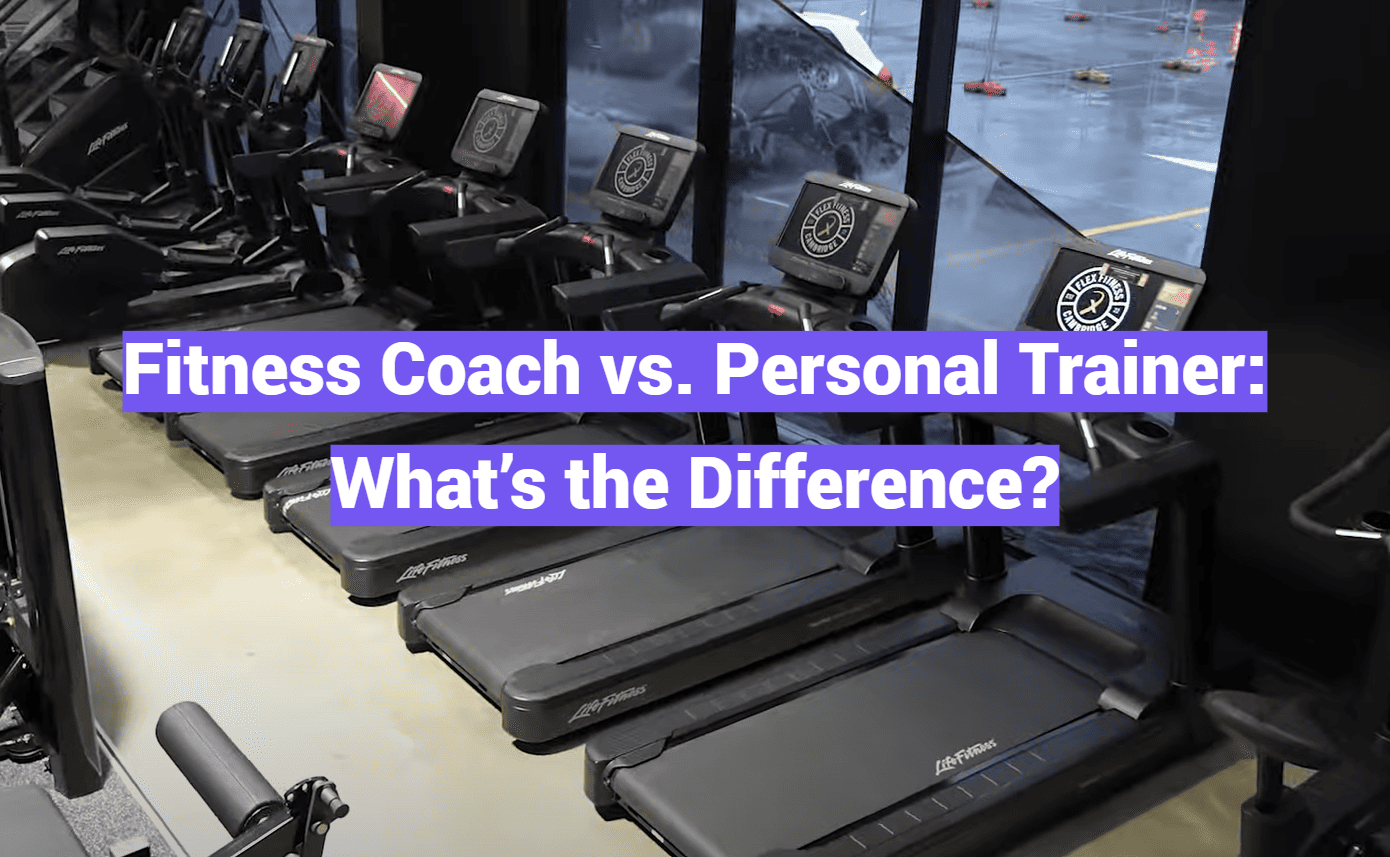Did you know 3 out of 4 people begin their health journeys without knowing whether they need exercise guidance or lifestyle support? This confusion often leads to abandoned goals and wasted effort. Two distinct professions exist to help, yet most people use their titles interchangeably.
Exercise specialists create tailored workout plans focused on strength and mobility. They monitor techniques during sessions to prevent injuries and track measurable progress. These professionals often work in gyms or studios, guiding clients through structured physical activities.
Holistic wellness advisors take a broader approach. They address nutrition, stress patterns, and daily habits through regular check-ins. Their strategies aim to create lasting behavioral changes rather than just physical transformations. Many use digital platforms for ongoing support between meetings.
Choosing between these experts depends on your priorities. Do you want targeted exercise improvement or comprehensive life adjustments? Both approaches deliver results, but their methods differ significantly in scope and execution.
Key Takeaways
- Exercise specialists prioritize physical training and technique mastery
- Wellness advisors focus on sustainable habit formation across multiple life areas
- Session structures vary from gym-based workouts to virtual lifestyle consultations
- Certification requirements differ between physical instruction and behavioral coaching
- Success measurements range from weight lifted to stress levels managed
Understanding the Roles: Fitness Coach and Personal Trainer
Choosing the right expert for your health journey can mean the difference between temporary fixes and lasting transformation. While both professionals aim to improve physical well-being, their methods create distinct pathways to success.

Defining Key Responsibilities
Certified exercise specialists focus on movement mastery. They craft workout routines tailored to individual capabilities, demonstrate proper form, and adjust plans based on performance metrics. “Safety and progression drive every session,” notes a seasoned instructor from Los Angeles.
Wellness guides take a panoramic view of daily habits. Their work extends beyond gym walls, addressing sleep patterns, nutrition choices, and stress management. They empower people to build sustainable routines through weekly check-ins and adaptive goal-setting strategies.
Overlap in Fitness and Wellness
Both roles share foundational skills. Effective communication and knowledge of body mechanics prove essential whether guiding a deadlift or discussing meal prep. They collaborate to help clients move better, eat smarter, and stay consistent.
The strongest partnerships blend immediate physical improvements with long-term behavioral shifts. As one Denver-based professional explains: “Muscle growth matters, but lasting change requires addressing why someone struggles to prioritize their well-being.”
What Does a Personal Trainer Do?
Many people assume workout guidance simply means counting reps. Professionals in this field actually develop science-backed strategies that adapt to your unique needs. Their expertise bridges the gap between generic routines and meaningful physical progress.
Customized Workout Planning
Specialists begin with detailed assessments to map out your starting point. They’ll evaluate mobility, strength gaps, and health history before designing routines. One client might focus on joint-friendly exercises, while another tackles high-intensity conditioning.
These plans evolve through regular check-ins. Trainers track improvements in endurance or power, adjusting difficulty levels as you advance. “Progress isn’t linear,” says a New York-based instructor. “Smart programming anticipates plateaus before they happen.”
Safety and Technique Guidance
Proper form transforms movements from risky to rewarding. Experts watch your posture during lifts, suggesting tweaks to protect knees or shoulders. They’ll modify exercises if you’re recovering from injuries or managing chronic conditions.
Hands-on support ensures equipment gets used correctly. Whether adjusting treadmill inclines or demonstrating resistance bands, trainers make workouts both effective and secure. This attention to detail helps clients build confidence alongside physical capabilities.
The Holistic Approach of a Fitness Coach
True transformation begins when daily choices align with lasting well-being. Professionals in this field use evidence-based methods to connect nutrition, movement, and mental resilience. Their strategies help people build routines that stick through life’s ups and downs.
Long-Term Lifestyle Changes
Sustainable results come from addressing root causes, not just symptoms. Experts analyze sleep patterns, hydration levels, and stress triggers alongside physical activity. One study showed clients maintaining 89% of positive changes two years after coaching ended.
Gradual habit formation replaces quick fixes. Weekly meal planning sessions or mindfulness practices become non-negotiable self-care rituals. “Small wins compound,” notes a Chicago-based specialist. “We celebrate better energy before chasing weight loss.”
Client-Centered Wellness Strategies
Custom plans honor individual preferences and challenges. A busy parent might focus on 10-minute mobility breaks, while an executive prioritizes stress-reduction techniques. Digital check-ins keep goals visible between meetings.
| Focus Area | Traditional Methods | Holistic Approach |
|---|---|---|
| Nutrition | Calorie counting | Mindful eating patterns |
| Stress Management | Occasional meditation | Daily resilience practices |
| Progress Tracking | Weight measurements | Energy & sleep metrics |
Regular feedback loops let adjustments happen naturally. Clients learn to recognize how food choices affect focus or how hydration improves workout recovery. This awareness builds self-sufficiency over time.

Fitness Coach vs personal trainer: Key Differences in Practice
People often confuse these two roles because both aim to improve well-being. Their daily work, however, unfolds in completely different ways. Let’s explore how their approaches diverge when helping people achieve health objectives.
Scope of Services & Client Focus
Exercise specialists zero in on movement mastery. They design routines targeting muscle development or endurance gains, often using gym equipment. One client might focus on perfecting squats, while another works on marathon prep.
Wellness advisors tackle the bigger picture. They discuss meal timing, sleep schedules, and stress reduction tactics. “You can’t out-exercise poor habits,” notes a Boston-based professional. Their plans help people make better choices outside workout sessions.
| Focus Area | Exercise Specialists | Wellness Advisors |
|---|---|---|
| Primary Goal | Immediate performance gains | Lifestyle behavior shifts |
| Session Location | Gyms & studios | Homes, offices, virtual |
| Progress Tracking | Weight lifted, reps completed | Energy levels, stress reduction |
Clients seeking quick physical improvements often thrive with structured workout plans. Those wanting lasting change benefit from strategies addressing multiple life areas. Both approaches work, but serve distinct purposes.
Specialists typically measure success through visible milestones like increased strength. Advisors track subtler wins—better sleep quality or consistent meal prep. Choosing between them depends on whether you want a targeted fix or comprehensive overhaul.
Qualifications and Certifications: Education and Continued Training
Credentials separate casual enthusiasts from qualified professionals in the wellness industry. Both roles demand rigorous preparation, but their learning journeys branch in distinct directions after initial certification.
Different Certification Paths
Exercise specialists in the U.S. typically start with programs from NASM or ACE. These 3-6 month courses cover anatomy, injury prevention, and program design. “Specialized credentials separate competent professionals from true experts,” notes a Chicago-based certification advisor.
Ongoing education keeps skills sharp. Most certifications require renewal every two years through workshops or new coursework. Trainers might add specialties like senior fitness or sports conditioning during this process.
| Career Path | Core Requirements | Common Add-Ons |
|---|---|---|
| Exercise Specialists | Accredited PT program + exam | Group instruction, corrective exercise |
| Wellness Advisors | PT foundation + behavior courses | Nutrition, stress management |
Holistic professionals build on exercise science basics. Many complete psychology or nutrition programs through institutions like ICF. This expanded knowledge helps address lifestyle factors affecting physical results.
Career growth in both fields depends on continuous learning. While trainers refine technical skills, advisors master motivational strategies. Both paths reward those committed to staying updated on industry breakthroughs.

Client Engagement: Motivation, Results, and Lifestyle Changes
Sustainable results emerge from collaborative relationships, not rigid protocols. Professionals who master engagement strategies help people transform temporary efforts into lifelong habits. The best experts balance expert guidance with personal autonomy.
Effective Communication Techniques
Active listening separates adequate support from exceptional guidance. Specialists ask probing questions to uncover hidden obstacles. “What drains your energy?” often reveals more than “How many workouts did you complete?”
Digital tools enhance traditional methods. Weekly voice memos or progress photos keep clients accountable between sessions. Timely feedback reinforces positive choices without judgment.
Building Lasting Client Relationships
Trust grows when experts honor individual learning styles. Visual learners receive exercise demos, while analytical types get data charts. This customization makes advice feel relevant, not generic.
Empowerment replaces dependency over time. Clients gradually take charge of meal planning or workout scheduling. Celebrating these milestones builds confidence to handle future challenges independently.

